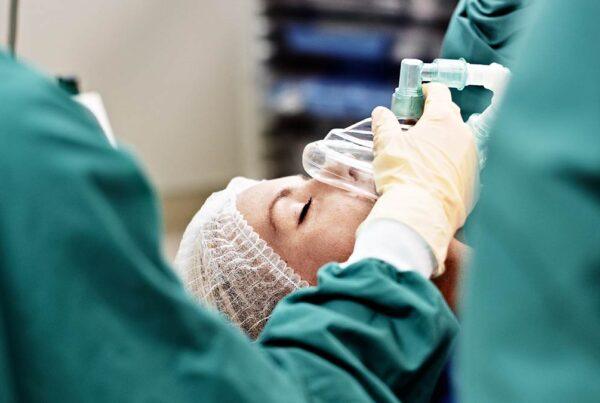Our team of highly experienced physicians, nurses, and business consultants leverage a peer-to-peer triad model to build credibility and trust among your front-line teams.
Our model of surgical directions is a peer-to-peer model. We have nurses, physicians, and business staff. And when we go on site with a client, we partner. But we truly work together because we do not want to create silos.
So well be meeting with nurses, but well also have our entire team so that we can work. And this is something we like to emulate for our clients. So we do have cooperation and collaboration between physicians and nurses.
Many times, we see out in our environment that the nurses will make decisions on what needs to be done, physicians will have their own processes, and theyre not intertwined. Thats what we try to do. We try to mimic our peer-to-peer model so that on site, everyone can work together to help solve issues. We believe in a holistic approach to identify concerns.
When we have performance improvement teams, work streams, we rely on each other to help define what we need to do. It may be a concern or an opportunity for physicians that a nurse may bring up. So well work with them.
Well work with the nurses and say if its an anesthesiologist together to help develop a solution. When theres resistance or concerns, we will try to develop a plan that will work for both parties and ultimately, whats going to be best for your patient. So we all have the patient outcome in mind. And thats our number one focus.
So through nursing, we work again very closely with each area. I meet with nurses on a regular basis. And all of the nurses within surgical directions do as well. But we also work closely with the physicians and business folks.
As a nurse, I love working with Merlin. The data that I see just truly helps us tell the story. So we can look at the data, we can see, for example. Turnover times are greater than expected for that type of procedure. And anyone can share that type of data with us.
As a nurse, well go into it, into the turnaround times, and will drill right down. Well look at the length of time for the surgeon. Well look at the length of time for each procedure.
And then well see why is it taking so long to do procedure A, why is it taking so long to do procedure B. So with our Merlin data, were able to tell the story of where the problems are. If were looking at first case on time starts, we can drill right down to the surgeon level day of week and identify what the challenges are.
We see if theres any patterns with delays. We see if theres any particular surgeons that are involved in delays, nursing staff that are involved in delays. So this gives us a pathway to help develop solutions to optimize workflow.
The main thing that makes surgical directions unique is our peer-to-peer model. We have experienced clinicians. We have physicians, we have anesthesiologists, we have surgeons, we have nurses, we have sterile processing leaders.
And thats one piece that truly makes us different. Our business staff are highly experienced, highly competent. And when we work with the peer-to-peer model, when were on site, our physicians can speak the language.
We have surgeons that can speak the language to other surgeons. They know theyve walked in their shoes. As for nursing, Ive been a perioperative director.
I know what our pre-op directors are facing today. Ive lived that staff. Ive worked in the operating room. Ive worked in many areas as a staff person in perioperative services. So I understand some of the challenges.
I can speak their language, and I can help them to develop solutions to improve their operations and truly improve their satisfaction within the organization. Our peer-to-peer model is what differentiates surgical directions from other firms within the industry because we have walked the talk. Weve done it for many years.
And were right there to boots on the ground, roll up our sleeves, and be in the departments with the staff and leaders and physicians.



